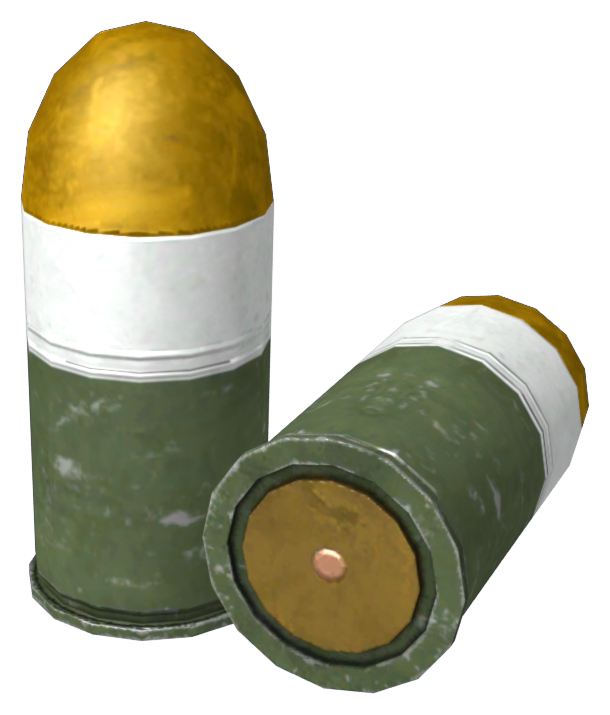
Open, rear sight is the M79 ladder elevation sight system marked 375 meter ladder, front is a M79 square-notch/blade

Total known China Lake Grenade Launchers is 13 with this information.ģ-round tubular magazine(+1 In the chamber) Late manufactured reproduction CSG/Trident China Lake Launchers are said to number at nine in total during a manufacturing run from 2003-2009. Naval Air Weapons Station (NAWS) China Lake Facility.ġ968 Naval Air Weapons Station (NAWS), 2007-2009 Airtronic/Trident, 2003-2009 CSG/Trident.ĥ0 original 1968 receivers, only four are known to still remain intact in museums in the U.S.

The China Lake is often erroneously called the EX-41, despite the fact that the EX-41 was developed two decades after the China Lake Model. Two other China Lakes are on limited display in US Navy facilities, neither of which are open to the public. One launcher, serial number 4, is on display at the UDT/ SEAL Museum in Fort Pierce, Florida, while another bearing the serial number 13 is at the War Remnants Museum in Ho Chi Minh city, Vietnam. Whatever the number produced, there are only four remaining China Lakes accounted for, all of them in museums. It is disputed as the exact number of original China Lakes produced, with the highest estimate being 50 units.

The iron sights on the front of the weapon were similar to that of the M79, and could be adjusted from 75 to 400 meters in 25-meter increments. Despite these advantages, the China Lake had a critical flaw - the oddly shaped 40MM grenade was difficult to feed into the magazine. It was lighter than the M79 by 1 1/2 pounds when empty, owing to the significant use of aluminum in the weapon's design, and the tubular design allowed for a skilled operator to fire four grenades (three in reserve, one in the chamber) before needing to reload, or even before the first grenade landed.

The China Lake Pump-Action Grenade Launcher was developed by China Lake Naval Weapons Center in an attempt to replace the unreliable M79, XM148 and T148E1 grenade launchers.


 0 kommentar(er)
0 kommentar(er)
